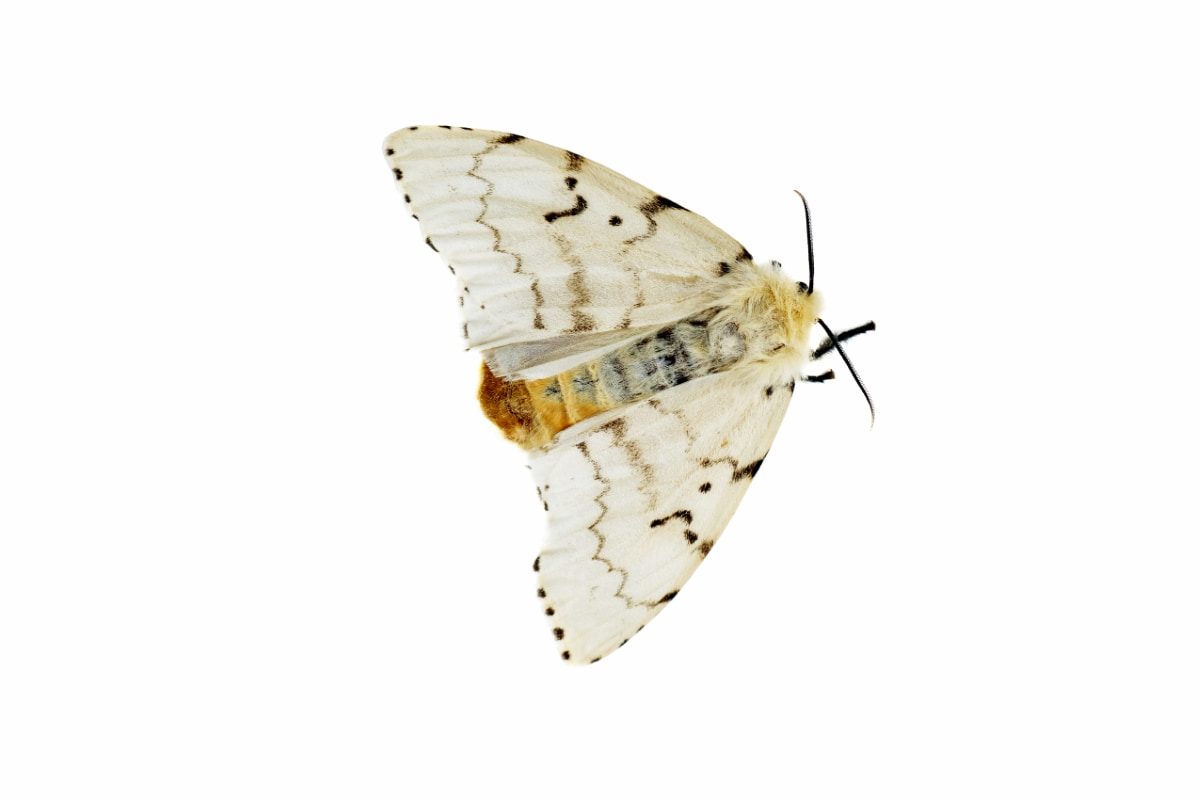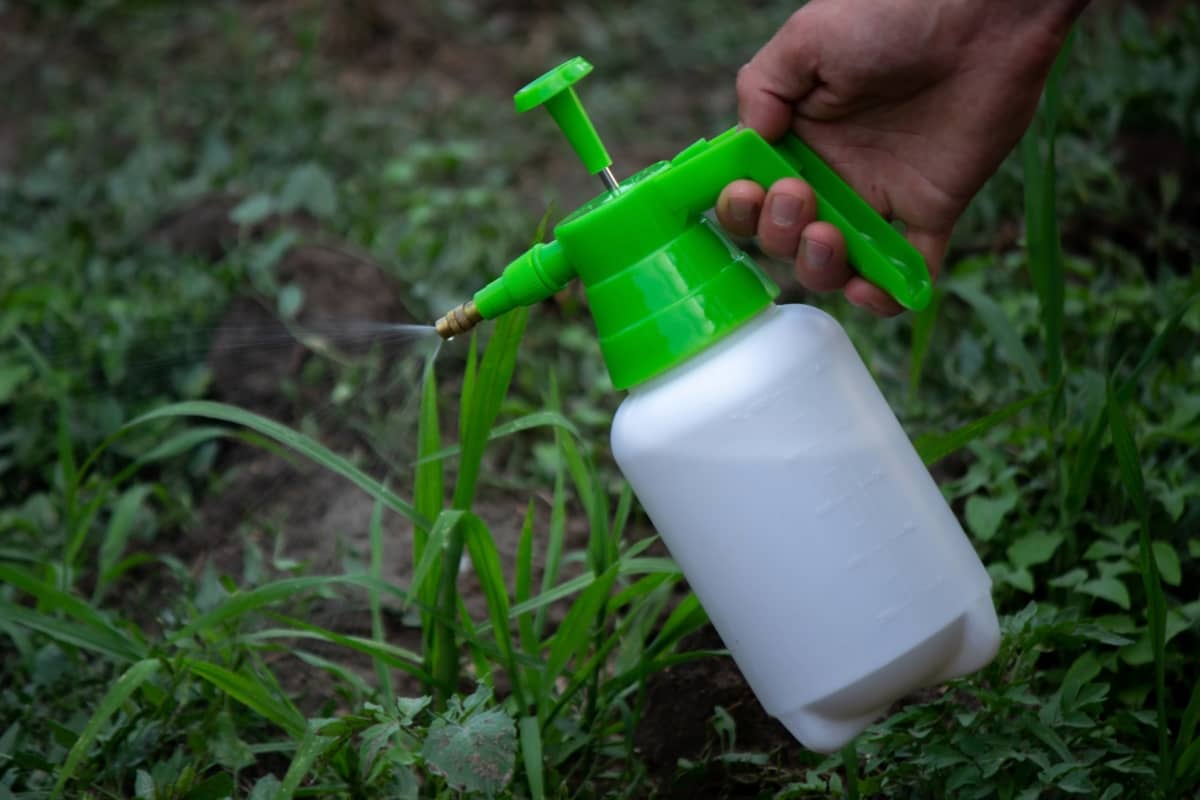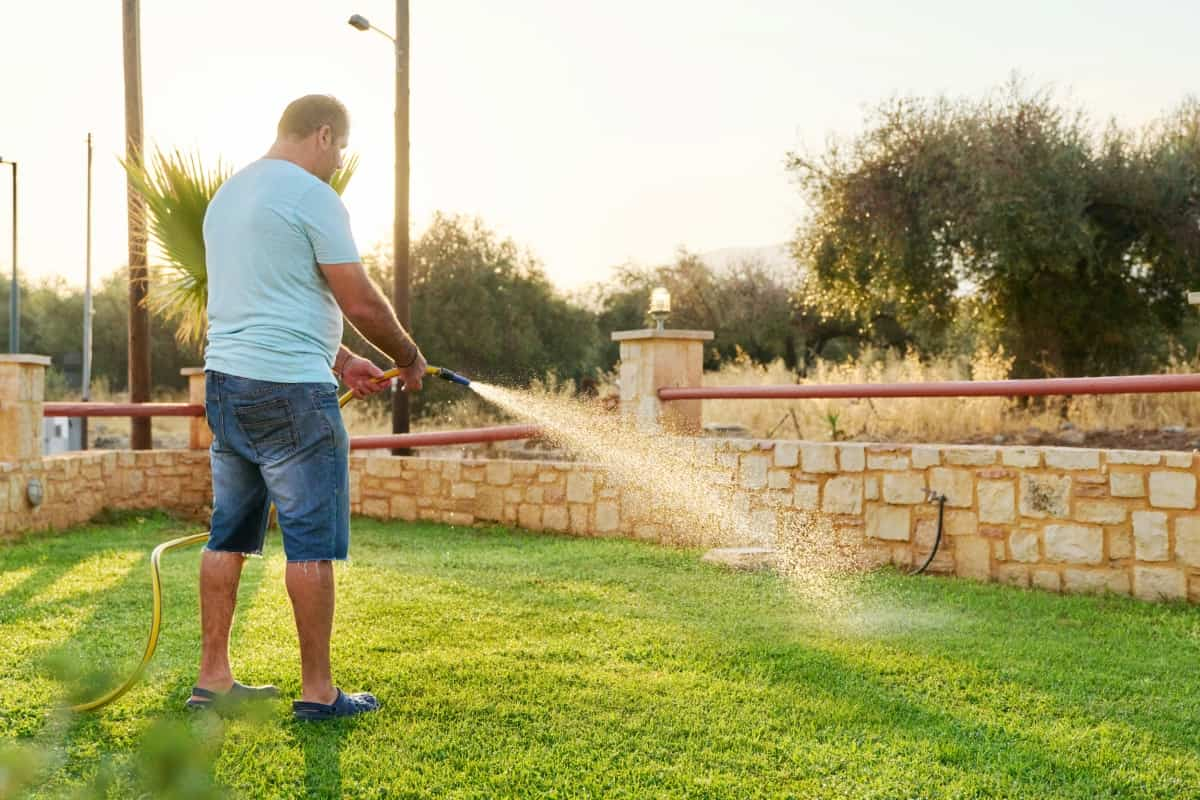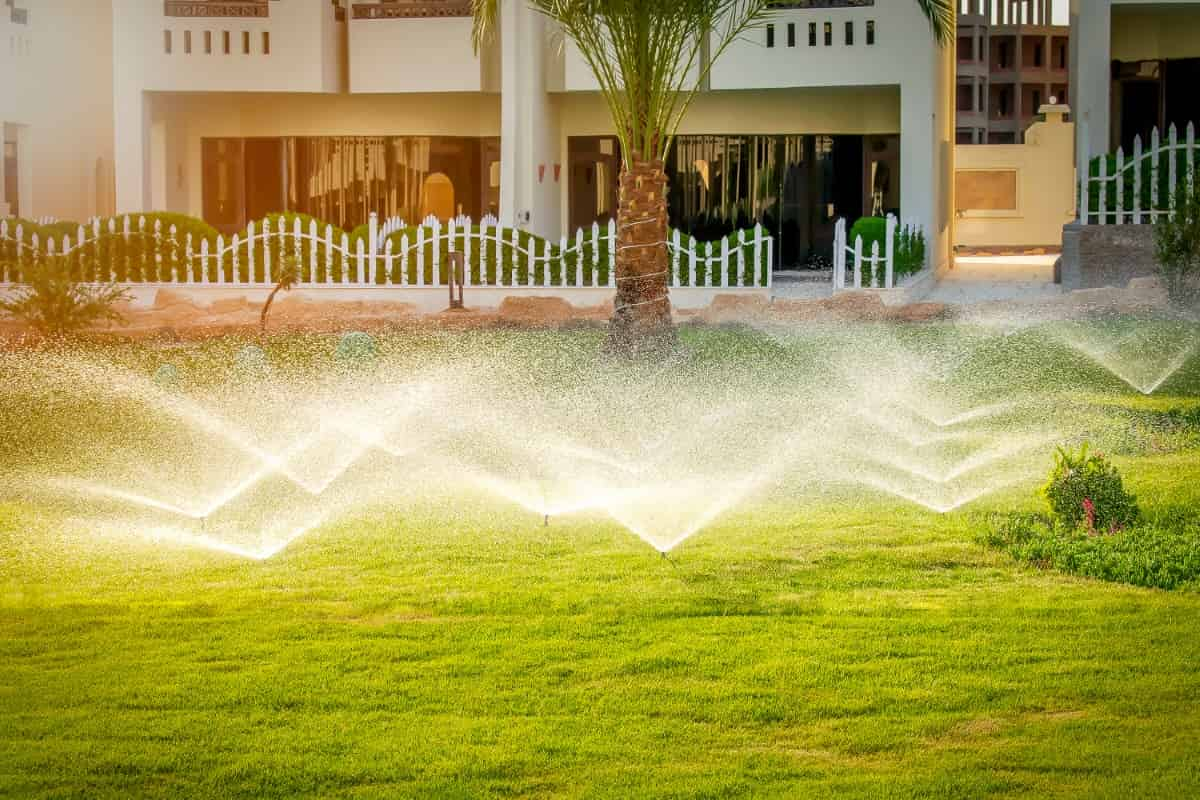Sod webworms are destructive lawn pests belonging to the Crambidae family. These caterpillars primarily infest grass, causing significant damage to lawns. Identifying sod webworms involves recognizing small, brown, or gray moths with a wingspan of about 3/4 inch. Adult moths are active at night and lay eggs on grass blades during the evening.

The larvae, or caterpillars, hatch and begin feeding on grass stems and blades. Their feeding activity creates brown patches in lawns, resembling drought stress. Sod webworms construct silk-lined tunnels near the soil surface, contributing to their name.
How to Get Rid of Sod Webworms in Lawn Naturally
Natural Predators: Encouraging Beneficial Insects in Your Lawn
Combatting sod webworm infestations naturally involves harnessing the power of beneficial insects. Encourage natural predators such as parasitic wasps, ground beetles, and nematodes, which are effective in controlling sod webworm populations. These predators prey on the larvae and disrupt their life cycle. Planting diverse vegetation in your lawn attracts these beneficial insects, providing them with both habitat and alternative food sources.
Lure in parasitic wasps by planting nectar-rich flowers, while ground beetles thrive in areas with sufficient ground cover. Nematodes, microscopic organisms that feed on sod webworm larvae, can be applied to the soil as a biological control measure. Creating a balanced ecosystem is crucial; avoid using broad-spectrum pesticides that harm both harmful and beneficial insects. Instead, opt for targeted treatments or employ Integrated Pest Management (IPM) strategies.
Organic Lawn Care Practices: Creating a Hostile Environment for Sod Webworms
First, promote proper lawn maintenance, including regular mowing at the appropriate height to discourage webworm egg-laying. Improve soil health by aerating and amending with organic matter, fostering conditions unfavorable for sod webworm development. Introduce beneficial nematodes, which naturally prey on webworm larvae, disrupting their life cycle. Apply neem oil or insecticidal soap as organic alternatives to control webworm populations without harming beneficial insects.
Diversify plantings to attract natural predators like ground beetles and parasitic wasps. Water deeply and infrequently, as sod webworms prefer moist conditions. Practicing Integrated Pest Management (IPM) emphasizes prevention and intervention methods that minimize environmental impact.
Homemade Remedies: DIY Solutions for Sod Webworm Infestations
Mix a solution of equal parts neem oil and water; spray on affected areas to deter webworms. Create a garlic and chili pepper spray by blending cloves and peppers, then dilute and spray on the lawn. Beneficial nematodes, available at garden stores, can be applied to soil to control webworm larvae.
Introduce natural predators by planting dill, fennel, or cilantro to attract parasitic wasps. Boost lawn health through proper watering and mowing practices, creating an unfavorable environment for sod webworms. These homemade remedies offer effective, eco-friendly alternatives for managing sod webworms in your lawn.
Biological Controls: Utilizing Nematodes and Bacteria to Combat Sod Webworms
Harness the power of biological controls to combat sod webworms in your lawn. Beneficial nematodes, microscopic organisms, can be applied to the soil. These nematodes actively seek out and feed on sod webworm larvae, disrupting their life cycle. Choose nematode species like Steinernema carpocapsae for effective control. Bacillus thuringiensis (Bt), a naturally occurring bacteria, is another potent biological control. Available as a microbial insecticide, Bt produces toxins lethal to webworms when ingested. Apply Bt to the lawn, targeting the larvae while sparing beneficial insects.
In case you missed it: Mango Flower Webber Pest Management: Symptoms, Treatment, Chemical, Biological, Natural, and Organic Control

Plant Selection: Choosing Resistant Grass Varieties to Deter Sod Webworms
Selecting sod webworm-resistant grass varieties is a proactive approach to mitigate infestations. Opt for turfgrass species known for their resilience against sod webworms, such as fine fescues, Bermuda grass, or zoysia grass. These varieties often possess natural defenses, making them less susceptible to webworm damage.
Fine fescues, for example, are known for their resistance and ability to recover from stress. By strategically choosing grass types that deter sod webworms, you create a more robust and pest-resistant lawn, reducing the likelihood and impact of infestations while promoting overall turf health.
Cultural Practices: Proper Lawn Maintenance to Minimize Sod Webworm Damage
Implementing proper lawn maintenance practices can minimize sod webworm damage. Regularly mow the lawn to the appropriate height to discourage egg-laying by adult moths. Improve soil health through aeration and organic amendments, creating a less favorable environment for sod webworm development. Practice deep, infrequent watering to deter webworms, as they thrive in moist conditions.
Encourage natural predators by maintaining a diverse lawn with flowering plants that attract beneficial insects like parasitic wasps and ground beetles. Monitoring for early signs of sod webworm damage and adopting Integrated Pest Management (IPM) strategies ensures a healthier, more resilient lawn, reducing the impact of these pests through cultural practices.
Natural Insecticides: Using Botanical Extracts for Sod Webworm Control
Combat sod webworms with natural insecticides derived from botanical extracts. Neem oil, extracted from the neem tree, serves as an effective deterrent; its compounds disrupt webworm feeding and growth. Make a garlic and chili pepper spray by blending cloves and peppers, creating a repellent against these pests.
In case you missed it: Maize Web Worm Pest Management: Symptoms, Treatment, Chemical, Biological, Natural, and Organic Control

These botanical extracts act as eco-friendly alternatives, targeting sod webworms without harming beneficial insects. Apply these natural insecticides as part of an Integrated Pest Management (IPM) approach to ensure effective control while maintaining a balanced and sustainable lawn ecosystem.
Soil Amendments: Enhancing Soil Health to Discourage Sod Webworm Infestations
Enhance soil health to discourage sod webworm infestations by incorporating strategic soil amendments. Regularly aerate the soil to improve drainage and reduce excess moisture, creating an unfavorable environment for webworm development. Introduce organic matter like compost to promote beneficial microbial activity and overall soil structure.
Adjust pH levels to suit the grass type, fostering a robust lawn. Healthy soils contribute to resilient turf, making it less susceptible to sod webworm damage. Implementing these soil amendments as part of a comprehensive lawn care strategy supports a thriving ecosystem while minimizing the conditions conducive to sod webworm infestations.
Implementing Integrated Pest Management for Sod Webworm Control
Begin by regularly monitoring your lawn for signs of webworm damage, focusing on irregular patches. Identify natural predators such as parasitic wasps and ground beetles, encouraging their presence through diverse plantings. Utilize beneficial nematodes or microbial insecticides like Bacillus thuringiensis (Bt) to target webworm larvae specifically.
In case you missed it: Leaf Webber Management in Green Gram: Symptoms, Identification, Treatment, Chemical, Biological, Natural, and Organic Control

Maintain proper lawn care practices, including aeration and soil amendments, to promote a healthy turf that is more resistant to infestations. Employ cultural practices like proper mowing and watering techniques to create an inhospitable environment for sod webworms. By combining these strategies, IPM minimizes the reliance on chemical interventions, fostering a balanced ecosystem and sustainable sod webworm control in your lawn.
Conclusion
In conclusion, combating sod webworms in your lawn naturally involves a multifaceted approach. This eco-friendly journey ensures a sustainable, resilient lawn without compromising the broader ecosystem. By adopting these natural control methods, you can effectively manage and prevent sod webworm infestations while fostering a thriving, pesticide-free environment.
- Beneficial Insects in Pest Management
- Natural Solutions for Pest Control in Flower Gardens
- Types of Fungicides Used in Agriculture
- Common Issues in the Fruit Development Stage of Pomegranate Farming
- Fruit Development Issues in Papaya: Easy Solutions and Treatment
- Soil-Borne Diseases and How to Protect Your Plants
- Practices to Prevent Disease Spread in the Garden
- From Wilted to Thriving: How to Treat Root Rot Naturally in Houseplants
- Natural Remedies to Cure Brown Spots on Fig Tree Leaves